Evergreen Players presents a fine production of an old favorite
Set in 1946 in Studio A of WBFR in New York City, It’s a Wonderful Life: Live Radio Play harkens back to the movie (It’s a Wonderful Life) and quaint Americana. This radio play is a classic – every bit as sweet (sappy and endearing) as the original.
For those who may have missed the movie, the plot is simple: A distraught George Bailey thinks of committing suicide, and Clarence (an angel), is sent to convince George just how wonderful his life truly is. It has a strong moral compass – we’re richer when we benefit our fellow man rather than chase the almighty dollar.
Joe Landry, the playwright for this adaptation, cleverly uses the device of a radio show. It’s an excellent pick for the Evergreen Players, too. Not only does it save money on actors, stage props and lighting, but it easily transports the audience back to a nostalgic, bygone era. We revisit the joy after WWII – baby booms and a sense that America could conquer anything (as they had the Nazis).
The radio play also includes ads you might hear from the era for soap and men’s hair tonic to interrupt the tension. These ads are throwbacks to the age of radio, complete with ad jingles to popular Christmas songs.
In this production, George Bailey, played by Sean Maslow, sounds like Jimmy Stewart (from the movie) with a quivering voice and strong likability. But he wasn’t alone in his fine performance. Every cast member held their own, taking on multiple roles.
Allistair Basse easily transformed from a friendly New York cop to a Scotsman to an evil tycoon. Stephanie Vitulli jumped from daughter to vixen. Robert Willis somersaulted into a handful of roles, including war-hero brother, forgetful uncle and rich friend. Michael Berquist was tremendously fun as Clarence, a lovable goofball angel who wants to help George, and Mr. Martini, the over-the-top Italian who owes his happiness to George. Lisa Kraai, Mary Bailey, embraced Donna Reed (who played Mary in the movie). Each actor was a credit to the production.
Because this play was created for radio, it had a sound artist — or foley — Ryan Glaser. A little more volume on the mic would’ve helped the audience hear the effects better: people running away, getting punched, shutting doors and more.
The costuming, the props – this felt like the 1940s. Men had slick hair, and women wore stockings with lines down the back of their legs. As the actors got to their marks, Christmas music played. And here’s the only issue: we heard Elvis’ “Blue Christmas.” This anachronism briefly sent us into the 1950s. Luckily, the actors catapulted us back into the ’40s with ease. Gazillions of other Christmas songs from that era were available and should’ve been played used instead of one from the ’50s.
Overall, director Joe Jouden’s play was fantastic and the perfect antidote for what ails you during the holidays. It felt like drinking warm hot cocoa on a cold winter’s night as you’re snuggled in a comfy blanket by a fire. No matter how predictable, trite or overdone some holiday classics are, people still have the urge to see them. It boosts the spirit and reaffirms our faith in mankind. I’d say this radio rendition of It’s a Wonderful Life is a must-see but, alas, it closes Sunday so you’ll have to act fast.
Tami Matthews loves theatre and studied under Charles Gordone (winner of the Pulitzer Prize for 'No Place to Be Somebody') at Texas A&M. Instead of pursuing a career as a playwright or dramaturg, she went into marketing, where she's spent 20+ years focusing on writing, public relations, digital marketing, and content marketing. She's written a book, 'Starstruck,' and contributed to articles about Star Trek. In her spare time, she volunteers for various causes, watches science fiction, and goes to the theatre.

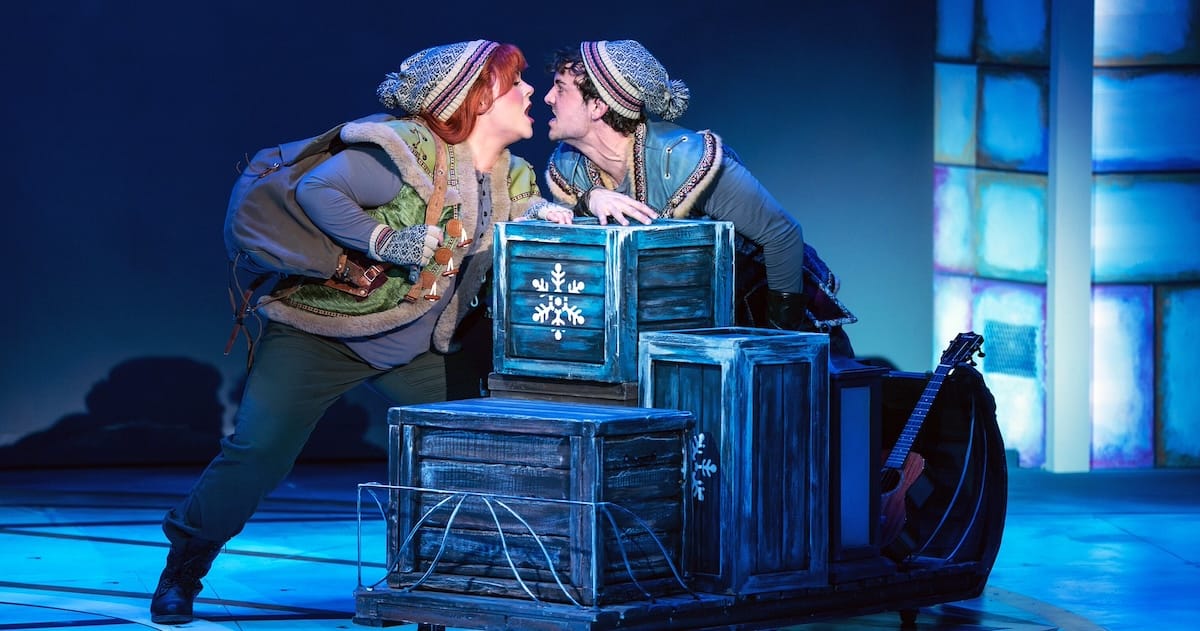
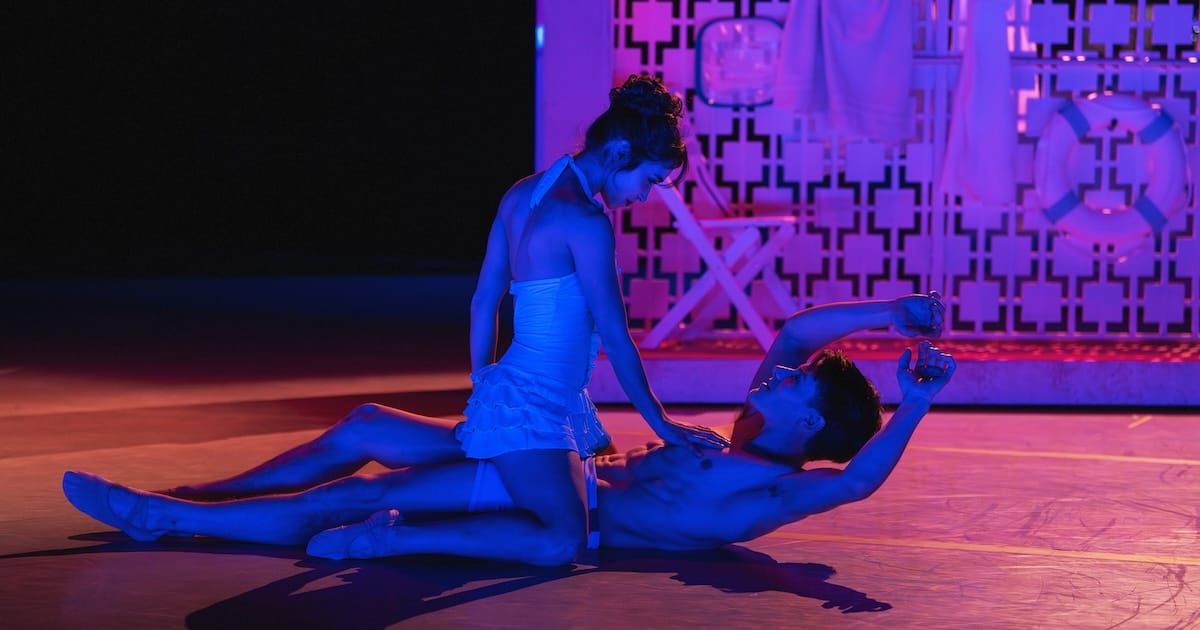
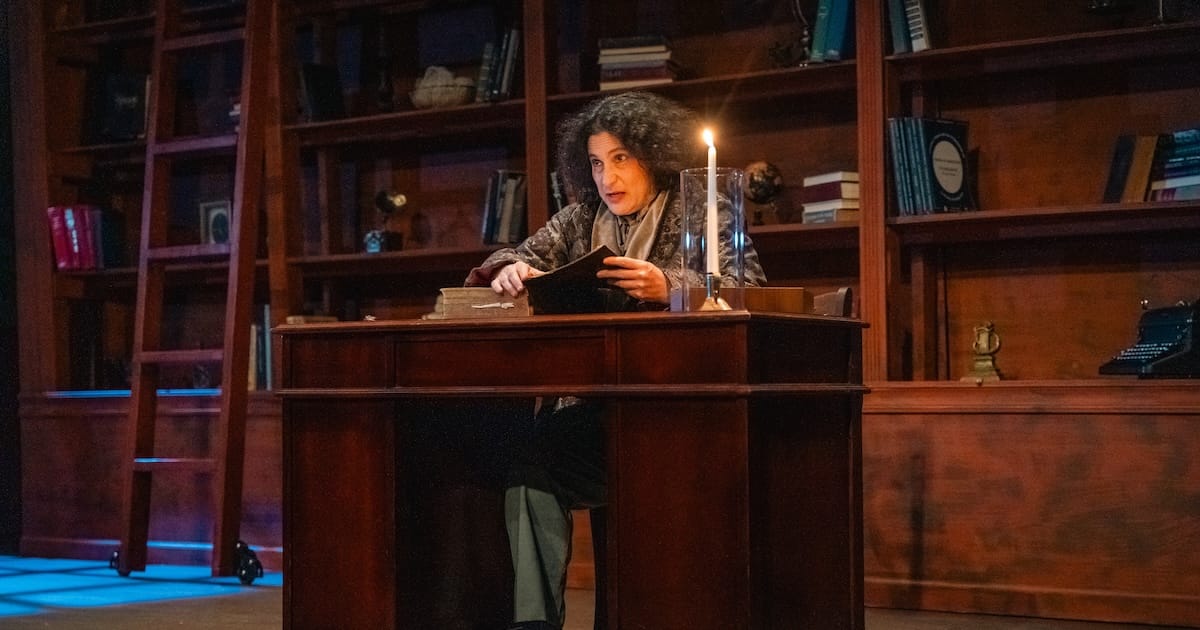
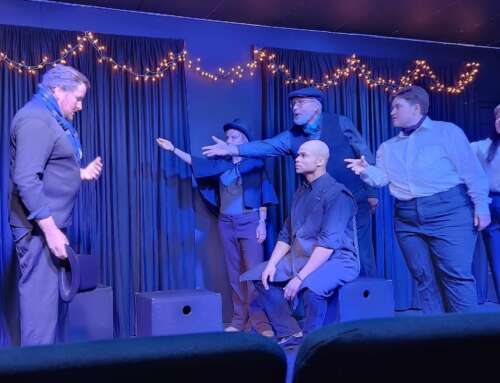
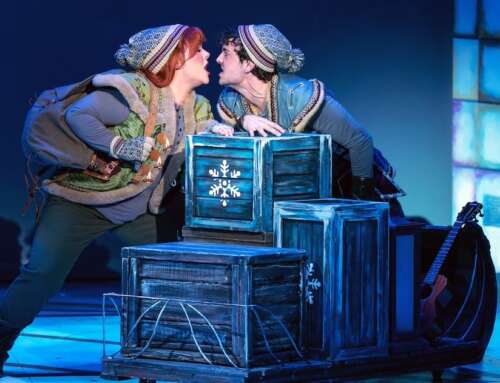
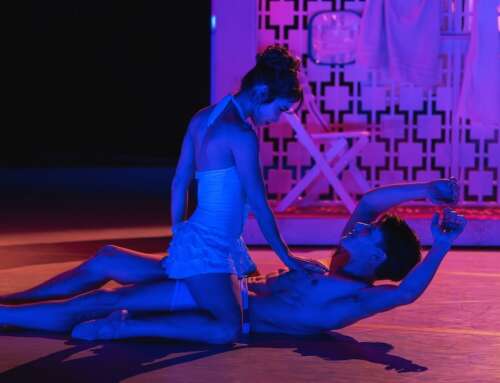
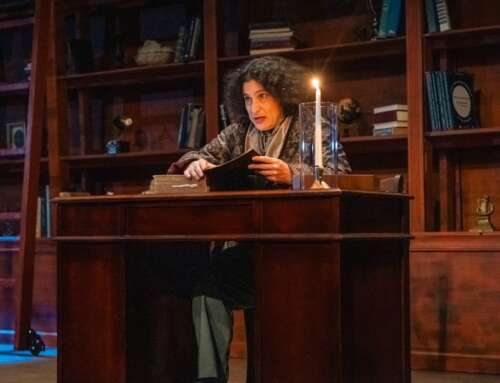

Leave A Comment